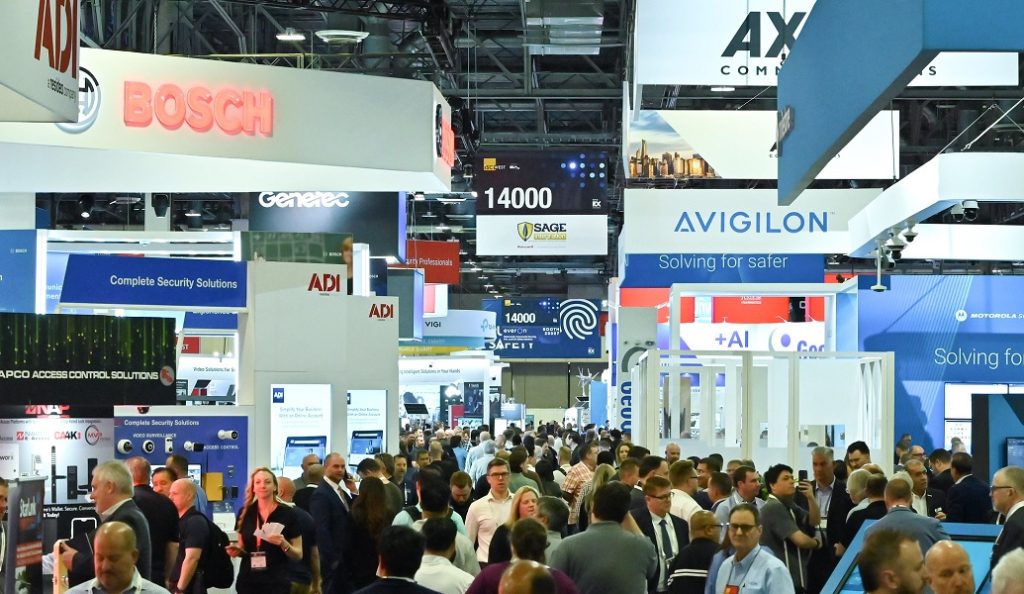The implementation of advanced technologies in public transportation is transforming the way cities manage mobility and how transportation companies operate and optimize their resources. In this article we will explore in a simple and understandable way the importance of these technologies and the multiple benefits they offer both to companies and users of different modes of transport.
Let’s start by understanding that the use of technologies such as artificial intelligence and video analytics to track and analyze the movement of people and equipment in mass transportation systems, airports and other types of infrastructure, are key tools to develop the solutions that the needs require. mobility of passengers in a sector, city or region.
To do this, there are currently various technologies and specialized software that collect real-time data on the number of people in different areas, their movement patterns and the time they spend in each area, making use of existing hardware infrastructure such as security cameras. CCTV or other lidar or beacon type devices as they are known in this industry.
Understanding and managing passenger flow is crucial for several reasons. Firstly, it allows transport companies to efficiently handle large volumes of passengers, especially during peak hours. Secondly, the data collected is used to allocate resources efficiently, reducing operational costs and improving productivity. Finally, it facilitates a quick response to unforeseen situations, improving passenger safety.
For transportation companies, passenger flow monitoring offers numerous benefits that increase their productivity and competitiveness. First, it optimizes wait times and check-in processes, which can increase non-transportation business revenue. Additionally, real-time and predictive data allows companies to make informed decisions, reducing financial risk and improving operational efficiency. Finally, the reduction of waiting times and the availability of information in real time improves passenger satisfaction, building customer loyalty.
Passenger flow monitoring technologies not only benefit transport companies, but also play a fundamental role in the transformation of cities towards smart cities, as they help manage traffic and reduce congestion, improving mobility. urban. In addition, they optimize public transport, facilitating the movement of citizens and improving their quality of life. Also, they promote more efficient management of resources, contributing to sustainability and urban development.
For users of different means of transport, significant benefits are generated thanks to these technologies, since it allows them to access information in real time and improve the planning of their trips. In addition, the improvement in operational efficiency and the reduction of waiting times make transportation more comfortable and convenient; and the ability to respond quickly to incidents improves passenger safety and well-being.
The transportation engineering and digital transformation unit of ITA S.A., a govtech with experience in this type of solutions that use existing infrastructure and minimize the need for additional investments in hardware, agree that these technologies not only improve the passenger experience and the operation of transport companies, but also contribute to the creation of more efficient, safe and sustainable smart cities.
Monitoring passenger flow through advanced technologies is a powerful tool to improve the productivity and competitiveness of transport companies, optimize urban mobility and transform cities into smarter and more livable environments. The adoption of these technologies is essential to meet the challenges of transportation in the 21st century and ensure a more efficient and sustainable future for all.



